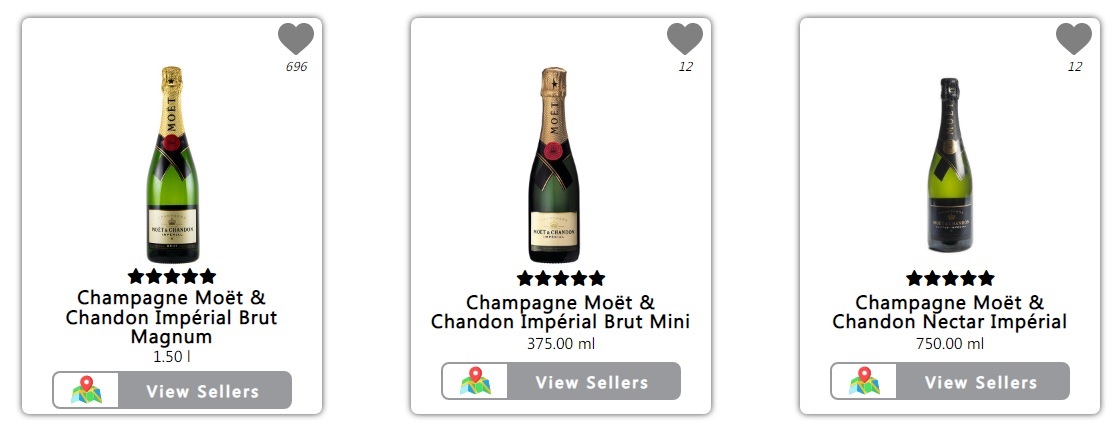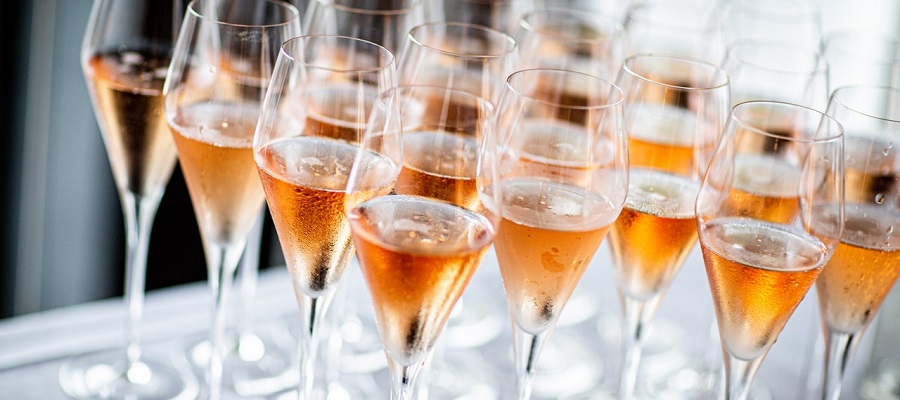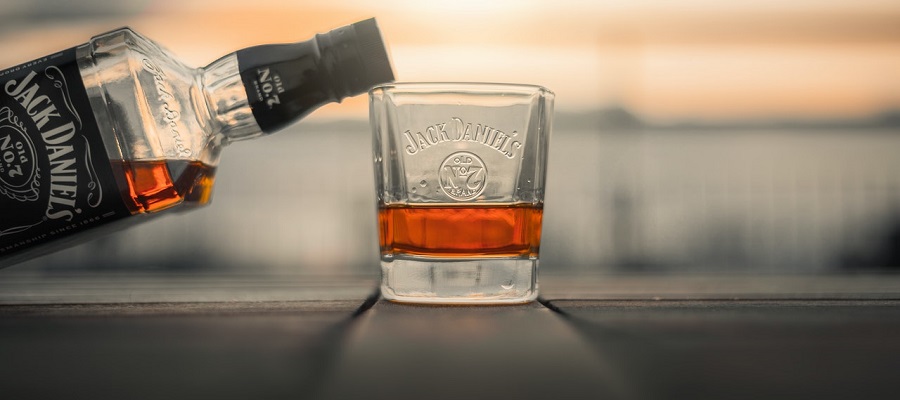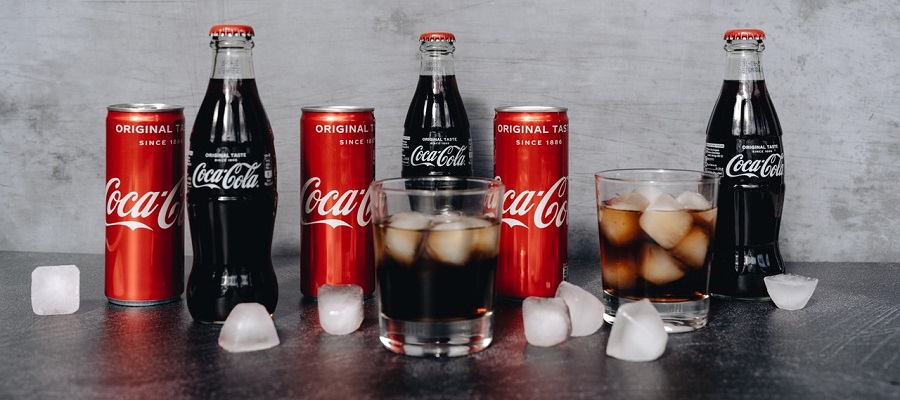Only sparkling wine originating from the region of Champagne may be called Champagne. The designation, which protects origin, covers only sparkling wines made from grapes grown, harvested, and pressed in Champagne. The grape varieties from which Champagne is made have their typical characteristics and taste, which are determined by the climate and the soil, in French "terroir", on which they grow. Most of us know champagne as a delicious sparkling wine. Of course, it is, but champagne is more than that!
Where can I buy different varieties of champagne?
Visit our food Index database and search for the champagne of your choice. We have plenty of sellers listed.

The history of champagne
Let's first dive into the history of champagne. Champagne has a rich history. It took a while for the wine of Champagne to become the champagne we know it as today.
It was the Romans who first brought viticulture to France. So the name for the region comes from the Latin word "campus" which means field. The Roman wines from the fields of Champagne were simple country wines and were diluted with water and preserved in a very primitive way. After the fall of the Roman Empire, the monasteries took over the wine-growing. The monks needed the wine for mass, but of course, they also enjoyed it during meals.
In 1662, the English scientist Christopher Merrit discovered that wine produced carbonic acid by adding sugar. However, this process of secondary fermentation could not be controlled and the bottles with the sparkling contents regularly exploded. The famous Benedictine monk Dom Pérignon experimented with this knowledge and in fact, around 1700, he succeeded in perfecting the production and storage of champagne. He invented the agraffe, the braided wire frame that holds the cork on the bottle even under high pressure, and many other methods that were groundbreaking for the development of champagne. Dom Pérignon is therefore considered the "inventor" of champagne, although it took many other winemakers to develop and refine the product.
At the beginning of the 18th century, more and more champagne was drunk and the demand increased in the upper social class. The first champagne houses Moët & Chandon, Ruinart, Heidsieck and Veuve Clicquot were founded and contributed to the success and history and development of champagne.
The meaning of the word champagne
Only sparkling wines that come from the Champagne region may bear the name Champagne. But this is not the only criterion. Strict rules have been established for the production of champagne. We have listed one of the most important of these rules:
- The sparkling wine comes from the Champagne region.
- The sparkling wine was produced according to the Méthode Champenoise.
- The sparkling wine was made from the following grape varieties:
Chardonnay, Pinot Noir, Pinot Meunier (the main grape varieties of Champagne).
Pinot Blanc, Arbane , Petit Meslier (other authorized grape varieties). - Champagne is aged in the cellar for at least 15 months.
In addition to the above criteria, there are other strict criteria in the Champagne regulations. Every aspect is specified. From the pruning methods to the minimum alcohol content to the limit for extracting the juice from the grapes. The CIVC, or the Comité Interprofessionel du Vin de Champagne, closely monitors production, oenologists' research and the protection of the appellation of origin.
Champagne grape varieties
Champagne is usually made from a blend of white and blue grapes. Only 6 grape varieties may be used in the production of Champagne.
The most commonly used grape varieties are:
- Chardonnay
- Pinot Noir
- Pinot Meunier
These three varieties are the grape varieties most commonly used in the production of Champagne. Pinot Blanc, Arbane and Petit Meslier are also allowed, but are used less frequently. These grape varieties are grown on only 1% of the 30,000 hectares of vines.
The Chardonnay grape is grown worldwide and is popular for making white wines. It is an early ripening grape that is resistant to heat and cold. It is an excellent grape for aging in wooden barrels. If only Chardonnay grapes are used for Champagne, it is called Blanc de Blancs Champagne.
Pinot Noir, in German Spätburgunder, is a blue grape variety. The grapes are compact and have a thin skin. Pinot Noir grape is also grown all over the world. Pinot Noir loves cooler regions and limestone soils. There are only a few champagnes made exclusively from Pinot Noir. These are called Blanc de Noir.
The third grape variety in the bunch is the Pinot Meunier grape. We know this grape variety as Black Riesling. The blue grape variety is robust and not very susceptible to pests. 30% of the vineyards in Champagne are Pinot Meunier areas. Wine made from Pinot Meunier grapes is so popular in Champagne production because it contributes to a fruity and harmonious Champagne.
Champagne varieties

Source: pexels.com
Each champagne has its own style and taste. This is determined by the production process, the grape varieties used, the year of harvest and the dosage.
Champagne can be divided into the following champagne flavors:
- Brut Nature: contains no dosage.
- Extra Brut: the sugar content is less than 6 grams per liter.
- Brut: the sugar content is 12 grams per liter.
- Extra sec: the sugar content is between 12 and 17 grams per liter.
- Sec: the sugar content is more than 17 and less than 32 grams of sugar per liter.
- Demi sec: the sugar content is between 32 and 50 grams of sugar per liter.
- Doux: the sugar content is more than 50 grams of sugar per liter.
Now that you know the history and origin of champagne, a little background on the elaborate process of making champagne. Champagne is known for its sparkling perlage. The production process for making it takes a few steps to refine a wine into a champagne. How is champagne made and how does champagne get its fine perlage? Champagne houses use the "Méthode Champenoise" for this purpose. This is a method that only Champagne farmers in Champagne can use. The following steps are taken to make champagne a champagne:
How is champagne made?
Now that you know the history and origin of champagne, a little background on the elaborate process of making champagne. Champagne is known for its sparkling perlage. The production process for making it takes a few steps to refine a wine into a champagne. How is champagne made and how does champagne get its fine perlage? Champagne houses use the "Méthode Champenoise" for this purpose. This is a method that only Champagne farmers in Champagne can use. The following steps are taken to make Champagne a Champagne:
- Harvest the grapes
- Pressing the grapes
- The first alcoholic fermentation
- The assemblage
- The second fermentation or bottle fermentation
- Maturation
- The shaking
- Degorgement
- Dosage
- Corking and closing
Uncorking and serving champagne
Uncorking champagne properly can sometimes be difficult and requires some practice. Uncork the champagne by carefully loosening the iron wire. Hold the cork firmly while doing this so that if the pressure in the bottle is high, the cork does not fly right out, spilling much of the contents. If the cork is quite tight, still be careful. In this case, gently rotate the bottle, not the cork, so that the cork slides out slowly. Hold the champagne glass at a slight angle and pour the champagne slowly into the glass so that the champagne does not bubble out of the glass.
You can serve the champagne in different glasses. Everyone knows the familiar champagne flutes and bowls. Modern are tulip-shaped champagne glasses, which are a hybrid of flute and bowl. Here, the two advantages of the other glasses are combined in one glass: the height of the glass makes it easier to observe the color and bubbles of the champagne, and the width of the glass makes it easier to enjoy the aroma of the champagne.
The tasting of the champagne consists of the following four steps:
- Look: is the champagne clear? What color is the champagne? And how intense is the perlage?
- Listen: How does the perlage fizz and crackle? The louder, the more carbonated the champagne.
- Smell: Discover the diverse aromas of champagne. Floral, fruity and spicy notes usually set the tone. Typical for champagne is the fine yeast note.
- Taste: After looking, listening and smelling, now comes the enjoyment. Take a big sip of your champagne so that your tongue can taste the full variety of flavors. Champagne should always be well chilled and drunk quickly.
Store champagne
The shelf life of champagne depends on various factors. The composition of the grape varieties, the quality of the grapes, the size of the champagne bottle and the quality of the cork play an important role. You won't find a best-before date on a champagne bottle, and you often don't know how long a champagne will keep. For the following champagnes we give an indication how long you can keep them:
- Simple Brut Champagne from the discounter: please drink immediately maximum 1 year.
- Brut champagnes from big champagne houses: 5 years
- Vintage champagne: a good 10 years
- Open champagne: 1 day with pressure cap
The main rules for storing champagne are to keep it cool, dark and in a quiet place. The ideal storage temperature is between 7 and 12 ° C. Place a normal champagne bottle horizontally and move the bottle as little as possible. This will preserve the quality of the champagne and you can enjoy a nice champagne. If you're searching for a similar contribution on brandy, read this contribution.


